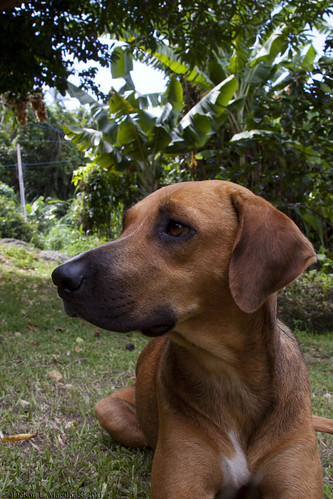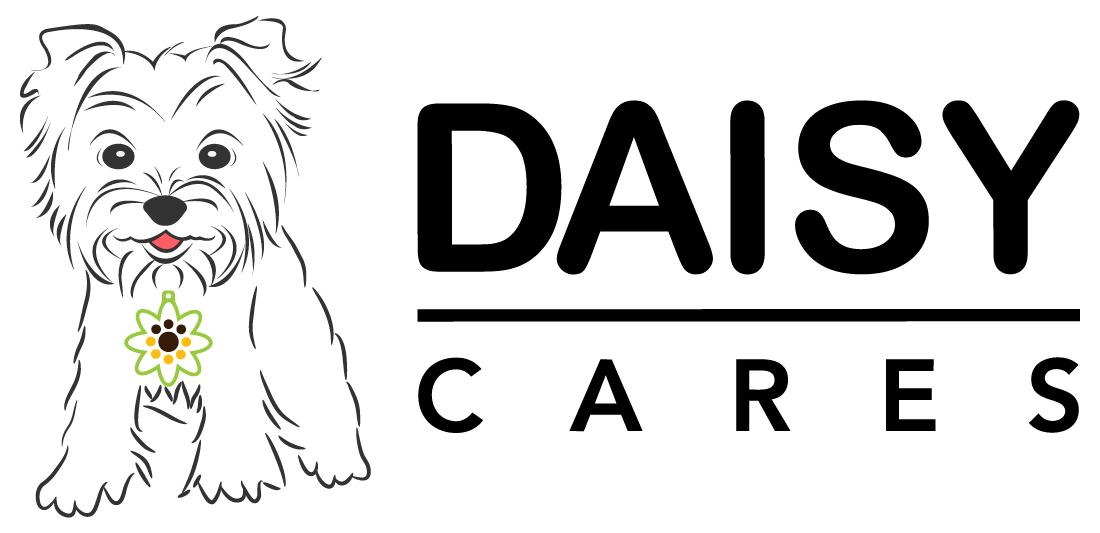 Obesity is a national epidemic … for pets as well as people! If your pet happens to be part of the 54% of overweight or obese cats and dogs in the U.S., it is time to take your pet’s weight problem seriously. Why? Quite simply because pet obesity can lead to…
Obesity is a national epidemic … for pets as well as people! If your pet happens to be part of the 54% of overweight or obese cats and dogs in the U.S., it is time to take your pet’s weight problem seriously. Why? Quite simply because pet obesity can lead to…
- Diabetes
- Heart problems
- Lung disease
- Joint and bone disorders
- Skin conditions
- Cancer
But what can you do to ensure your pet’s life is not cut short by one of these weight-related conditions?
As with people who are trying to lose or maintain a healthy weight, portion control and activity are key factors. Since your dog or cat does not have the self-control needed, it is up to you to start monitoring how much food he is consuming each day. Pay attention to your vet’s recommendations and feed your pet according to his ideal, and not current, weight. Do not leave food out all day so your pet can “graze” at leisure, and be sure to use a
measuring cup when feeding – don’t guess!
Wellness visits are a must in guaranteeing your pet’s health. Talk to your vet about reduced fat foods. Cut out, or at least limit treats. Don’t fall victim to those adorable begging eyes. Your pet does not know what is best – he is counting on you for that.
Increase his activity. Taking your dog for brisk walks twice a day will not only improve his health, but yours as well! A good game of fetch makes the exercise fun. Cats love to play, too, so make sure you have an assortment of toys for your kitties to chase.
Remember – reducing fat and calories through portion control, diet foods and limited/no treats and increasing your pet’s activity level will help him to shed those unwanted, and dangerous, extra pounds.
The reward? A longer and healthier life for your furry best friend.


Leave A Comment